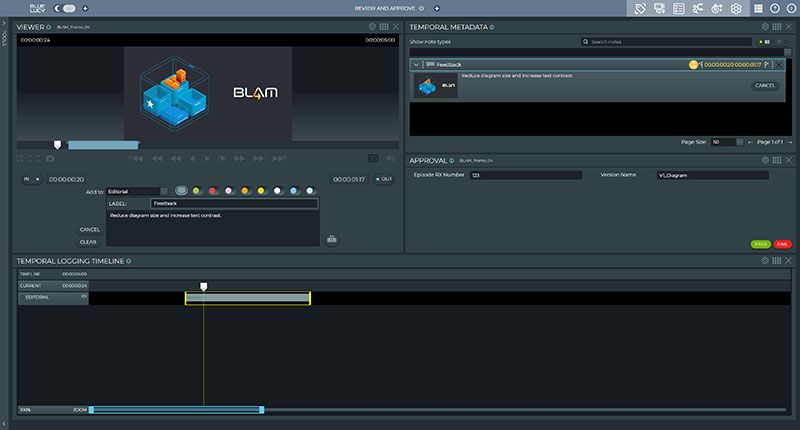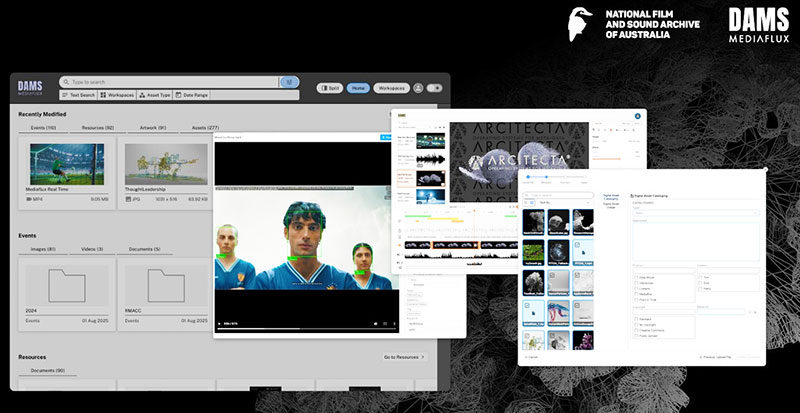Andy Warman at Imagine Communications talks about how moving to cloud infrastructure can reduce both operational costs and the pressure our industry puts on the environment.

The public cloud opens new business opportunities media companies and a chance to radically rethink some of the fundamental choices in television distribution. At the same time, many media organisations – driven by remote workforces and workflow simplifications – are now in a position to consolidate broadcast centres or transition to smaller facilities, also enabled by systems modernisation.
Andy Warman, Senior Vice President of Product at Imagine Communications, considers that these two forces are conspiring in a way that has the potential to improve broadcasters’ bottom line, while also improving the carbon footprint of the television industry.
Reducing Real-estate
One lasting effect of the global pandemic is the complete change in perspective on workplace presence. Andy said, “Television production and operations teams learned to work remotely, in many cases from home, and the productivity was good. Many media enterprises were already in the process of reducing physical real-estate footprints even before the work-from-home trend, which now WFH makes the economics even better and reduces the requirements for in-person office space significantly.
“A similar transition has been underway in machine room spaces. As Moore’s Law scaling has steadily reduced the size and thermal load of computing and networking equipment, the equipment stack – and related power and cooling – required to produce a finished television channel gets smaller each year.
“Although these savings are only realised when operators transition to new equipment, the steps of reduction are quite large when they happen. Each reduction allows companies, as a byproduct of tech stack modernisation, to reclaim and repurpose space once consumed by technology infrastructure – or simply take it off-lease entirely.

Peak Demand vs Steady Demand
Andy recalls that television production and distribution are a combination of peak demand workloads and steady-state workloads. Linear channel playout is historically a 24/7 operation, requiring a smooth, uninterrupted system to support it. “Resource consumption for these types of channels is predictable with little variation over time,” said Andy
“But during high-viewership hours, it can be worthwhile to create multiple versions of channels with different advertising delivered to different viewers in regional or demographic splits — in other words, temporarily building up the resource footprint. Regional sports and news breakouts also drive up the number of concurrent playlists temporarily, as does systemic redundancy.”
Traditionally, technical infrastructures have been built to handle the worst-case demand – even though that demand may only materialise a few days a year. Andy often sees this apparent inefficiency, or underutilisation, cited by those making a case for cloud-based operations as a supplement to on-premises. “It is easy to see the potential savings in finding the right mix of on-prem and remote/cloud operations if the technology platform allows a flexible combination of both,” he said.
He also notes that the goal of most operations teams is to make the best use of the high-revenue channels with complex advertising and last-moment schedule changes – especially where there is an operational workflow component such as studio and live integration – while using heavily automated, exception-driven, even cloud-hosted, deployment models for FAST and non-live thematic channels.
Cloud is a Shared Resource
The public cloud is built and maintained to serve the largest cross section of potential customers from a vast array of industries, which all have different needs and goals. It is built to be shared, securely, which includes sharing enormous amounts of network bandwidth. “The public cloud is also inherently ‘remote’ from the users, the content, and the distribution point of view,” said Andy.

Furthermore, the operating efficiency of public cloud comes from its scale. Users have access to the cloud provider’s dedicated teams who deal with maintenance, system refreshes, security and the many other services that would normally require support from local staff. These cloud provider resources are also shared by all users of the cloud platform.
Andy said, “Famously, the public cloud is pay-as-you-use; you do not have to engineer for peak usage — indeed, each day can define a new peak. Being able to use the cloud for peak-demand operations and business continuity means your local plant does not need to dedicate space, power, air conditioning or racks of equipment to the peak demand, but only to the steady-state demand. This brings real, measurable savings in capital, power and, of course, real estate.”
Planning for Change
Regarding how much an organisation can save and how much it can reduce its environmental impact by using the cloud, Andy considers that this will depend on the mix of channels it plans to run there, and what will continue to run on-premises. Some systems are best left running on-prem, while others are well-suited to the cloud.
“A growing number of users place their high-value linear channels and critical redundancy systems on-prem, but use the cloud for disaster recovery, FAST channels, occasional use and special and live events,” he said. “In practice, you should plan for hybrid environments that let you mix on-prem systems and the cloud in a way that works best for your business.”

For many users, the greatest benefit of the public cloud will be the ability to turn resources on and off as needed. “Combine this with the fact that you are effectively outsourcing compute, storage and networking to the provider, and the benefits multiply,” said Andy. “You gain the ability to quickly take channels on and off line; the option to reduce on-prem equipment to manage and run operations, along with the associated space, HVAC and maintenance savings; and the capacity to adapt over time to most effectively use your on-prem and cloud resources.”
Regardless of your current or future plans for cloud, it is a valuable and effective tool to take up the slack when playout channels need to be ramped up and down. Organisations can use its shared resources and metered pricing to control their own costs, and it opens the door to consolidating multiple facilities to a smaller number of physical locations – taking a critical step toward reducing their carbon footprint. imaginecommunications.com




















